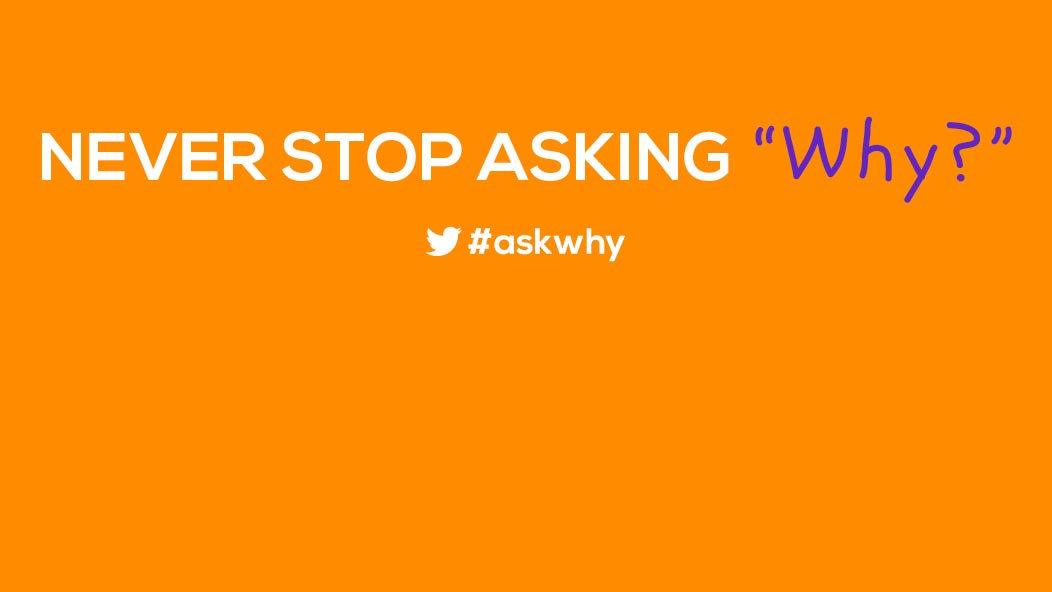Why Do My Clothes Get So Wrinkled?
Why Do My Clothes Get So Wrinkled?

You know what can put a wrinkle in your morning routine? A wrinkle in your shirt.
Why must we heat up the iron, find a wrinkle release spray or turn on a hot shower after we've properly washed and dried our clothes? We answer this wrinkly question with help from Slate and Kinja.
Two things make clothes wrinkle (and un-wrinkle): heat and water.
Our clothes are made up of fabric, which is made up of molecules held together by bonds. When your clothes get warm or wet, the bonds are broken. As they cool or dry, bonds reattach. Let’s just say these new bonds can really put a wrinkle in things.
If your shirt is made from wool, nylon or polyester it has a glass transition temperature. Below this temperature, the material’s molecules are held together in a “glass” phase. However, If the temperature of the material rises above this threshold, the bonds break and shift into new positions. As the material cools, these newly formed bonds create wrinkles.
When the fabrics in your shirts are made from cotton, linen or rayon are are held together by hydrogen bonds, the same bonds found in water molecules. Hydrogen bonds make fabrics very absorbent, so when moisture is added, water penetrates and separates these bonds. As the moisture evaporates, new hydrogen bonds form and lock in place wrinkles that formed when the shirt was wet.









